Click on the link below and watch to the end. It’ll take you back.
Pictograph panel in Horseshoe Canyon. Canyonlands National Park, Utah
The Wolf Moon is going away but it still looms large in the heavens. As the Waning Gibbous travels through the sky we find ourselves acting under a lupine influence. As part of my focused practice for 2025 I sift through ideas, notions and thoughts for connected meditations.
As I continue my investigation of Radical Naturalism I seek evidence in the anthropological record of our species being influenced by direct observation of the natural world. During our relatively short tenure as dominate species on this planet we either vilify or eulogize other characters as our motives change. One culture’s enemy becomes another’s friend. All actions support the continued dominance of Homo sapiens.
One primary emotion signifies our concerns. Fear is manifest by the anticipation of danger. The Wolf Moon is a good place to start investigating fear. During the bleak month of mid-winter we cower in the huts and caves of the ancients. At the point of dormacy death is all around. Things of the world are out to get us. They want to end our reign.
The wolf is listed along with snakes and bears as one of the many creatures lurking at outside our cave. The hungry growl and midnight howl are audible incantations of impending doom. What sensical human would not be afraid. Deep in the dark recesses of our appropriated cave are deeper fears. The hibernating bear snores along with the dormant cold-blooded reptile. All creatures ready to devour us.
Blue 48x24 oil on canvas 2024
Eastern Indigo Snake (Drymachon couperi). private collection
It takes very little research to find that our species should spend little time being afraid of these species. Between 2002 and 2020 there were approximately 26 fatal wolf attacks worldwide. In the United States there are about five deaths due to venomous snakes per year. Black Bears have killed 67 people across North America since 1900. We can look deeper and find other statistics but the numbers don’t lie. We have very little reason to fear these forest creatures.
Black Bear at Beacon Heights. 60”x60”. oil on canvas. 2024
American Black Bear (Ursus americanus)
I spend a lot of time in the woods and have never seen a wolf in the wild. I’m delighted on the few occasions I find a snake. Respectfully thrilled to walk up upon a black bear. On a side note the most dangerous species I encounter in Homo sapiens. The next on the list is wild hogs. Behind those two are ticks and mosquitos.
Mosquito. 11”x11” oil on canvas 2024
Anthropomorphism is the attribution of human characteristics to an animal or object. We see this in each culture’s mythology. Within our Judeo-Christian mythological tradition we know that a serpent tempted Eve. She fell prey to the slimy creature’s trickery and took a bite of the forbidden fruit. It tasted good to her so she shared a chomp with poor misguided Adam. The rest is history (mythology.)
The balance of the Bible was written much later than many texts from cultures that evolved in varied parts of the world. By the time the Hebrew tradition was solidified the Middle East had turned from a more nature-based tradition and was fully invested in agriculture and animal husbandry. The stories of the Old Testament plant our species squarely in charge of the planet and all of it’s creatures. The vast resources of the natural world were simply resources for humans to use as they saw fit. A Neolithic culture saw new agricultural settlements arise. Soon to follow was the Bronze age.
The ancient peoples who inhabited the Americas arrived from the fifteenth to the tenth centuries BCE. They are considered Paleolithic, primarily, even though they practiced a certain amount of planting and animal husbandry. Their primary source of food was hunted and gathered so they were more closely associated with the natural world.
It stands to reason that the wolf was feared in our Judeo-Christian inspired Western Civilization. Wolves tend to eat livestock so they are not revered by those who raise animals. The actions of Wolves and Coyotes in the wild have little consequence for the herder. They are bad. They cut into profits. That’s all there is to it.
Meanwhile the nomadic hunter-gatherers of the Americas had different relationships with the canine species. The scavenger nature of wolves and coyotes brought them into close proximity with native tribes. Yes, they competed for food but more often than not is was after a kill. Dogs would jump in and try to eat as the hunters were trying to dress and prepare their prey. The coyote was seen as more of a trickster than a killer.
I was reminded by a friend, Mary Al Alford, about the ubiquitous Cherokee legend of two wolves. The link below tells the whole story. Basically the Chief tells a young tribe member that each of us have two wolves living inside of us. One tends to be “good” and the other is “bad.” They are constantly fighting. The young boy asks the chief which one wins. The chief replies, “The one you feed.” The lesson learned is obvious. Give over to your bad intentions and you will be bad. Feed the goodness in your soul and you will be good. Easy and acurate.
The stories about Coyotes are manifold in Native cultures. I’ve shared links to a few bellow. Time spent looking up the North American tales about the wolf and coyote is certainly not wasted.
September 2025 found me and Michael Fitzsimmons in the wilds of Utah. We camped and explored many parts of the state. Native sites are always high on our list.
In Nine Mile Canyon we went looking for a particular piece of rock art that told the story of the Coyote Placing the Stars. We found it easily because it was marked from the road. Seeing it was another story.
Basically the tradition has the coyote becoming bored with watching the gods place the stars one-by-one. He grabs the bag and slings it, the way dogs often do. The stars are scattered through the heavens, thus forming the Milky Way.
Coyote Placing the Stars.
You might enjoy an internet search reading the various iterations of this particular myth. Regardless, the Coyote petroglyph is a memorable piece of ancient art.
Starfish. 48”x48” acrylic on canvas
Who’s Afraid?
We fear what we are told to fear. Myths are being created and told each and every day our species exists. Stories are brought to the forefront for one reason or the other. I read years ago in a lecture by Joseph Campbell that the biblical myth of Eve was selected from a plethora of Middle Eastern campfire tales by a patriarchal culture in order to lead people away from matriarchal traditions. Goddess based cultures lost to male dominated religions. Women were portrayed as weak and subject to manipulation by forces of evil.
The use of myths for political gains and power grabs is nothing new. Story telling is a great way to manipulate. The winner is not necessarily the smartest or the strongest but it is the one who is cunning enough to tell a convincing story. Fiction rules.
One of the most obvious use of fiction we saw during the rise of the Nazi party during 1930’s. People were suffering so they needed an enemy. Hitler and his allies offered up a simple explanation. They crafted a fiction portraying certain types of people as the enemy. Particular races and intellectuals were the cause for their troubles. The rest is history.
Today in the USA we chart a new course. We turn from a country formed from the ideas based on the intellectual pursuit of reason to one informed by an unacceptable display of fiction. If we seek blame we need look no further than the proliferation of unchecked story telling. The loudest and boldest. The flashy half-truths and outright lies have dominated our culture for more than a half century.
So what do we do? Cower in our caves and wait for the wolf to stop its growls and howls? Grab a fiddle and a flute and dance a jig hoping it will go away? Throw the hungry wolf a bone and go about our business while he sucks the marrow dry?
Or could each of us can dig deeply into the collective soul of our culture. Search for nuggets of truth and wisdom. Look at what we want to be as a species. Perhaps craft a new fiction that lifts good higher than bad. A culture with a positive outcome not only for our species but for others. Let’s feed our better wild dog. Listen to a wolf that howls a song of hope, reason, compassion and empathy.





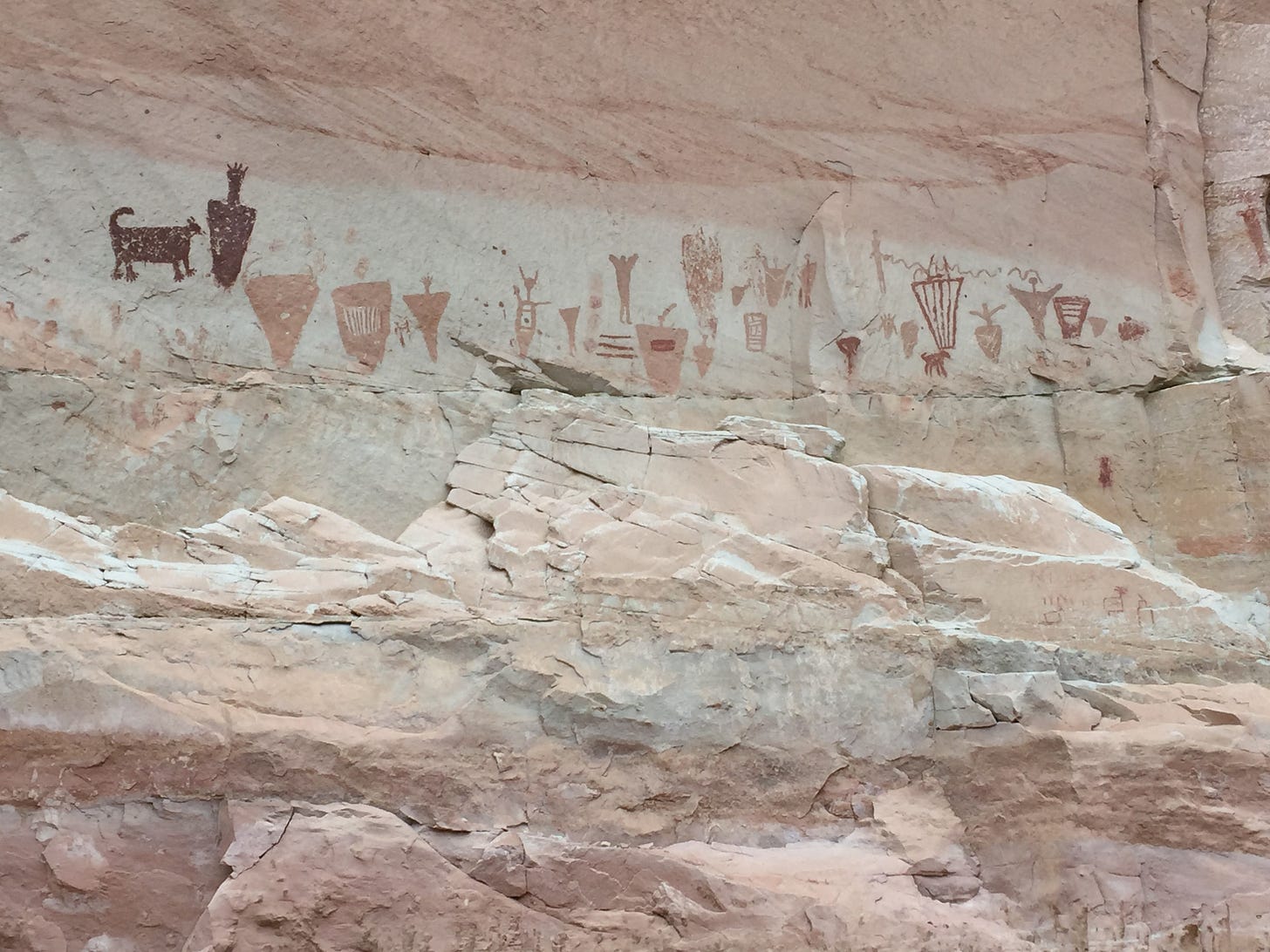
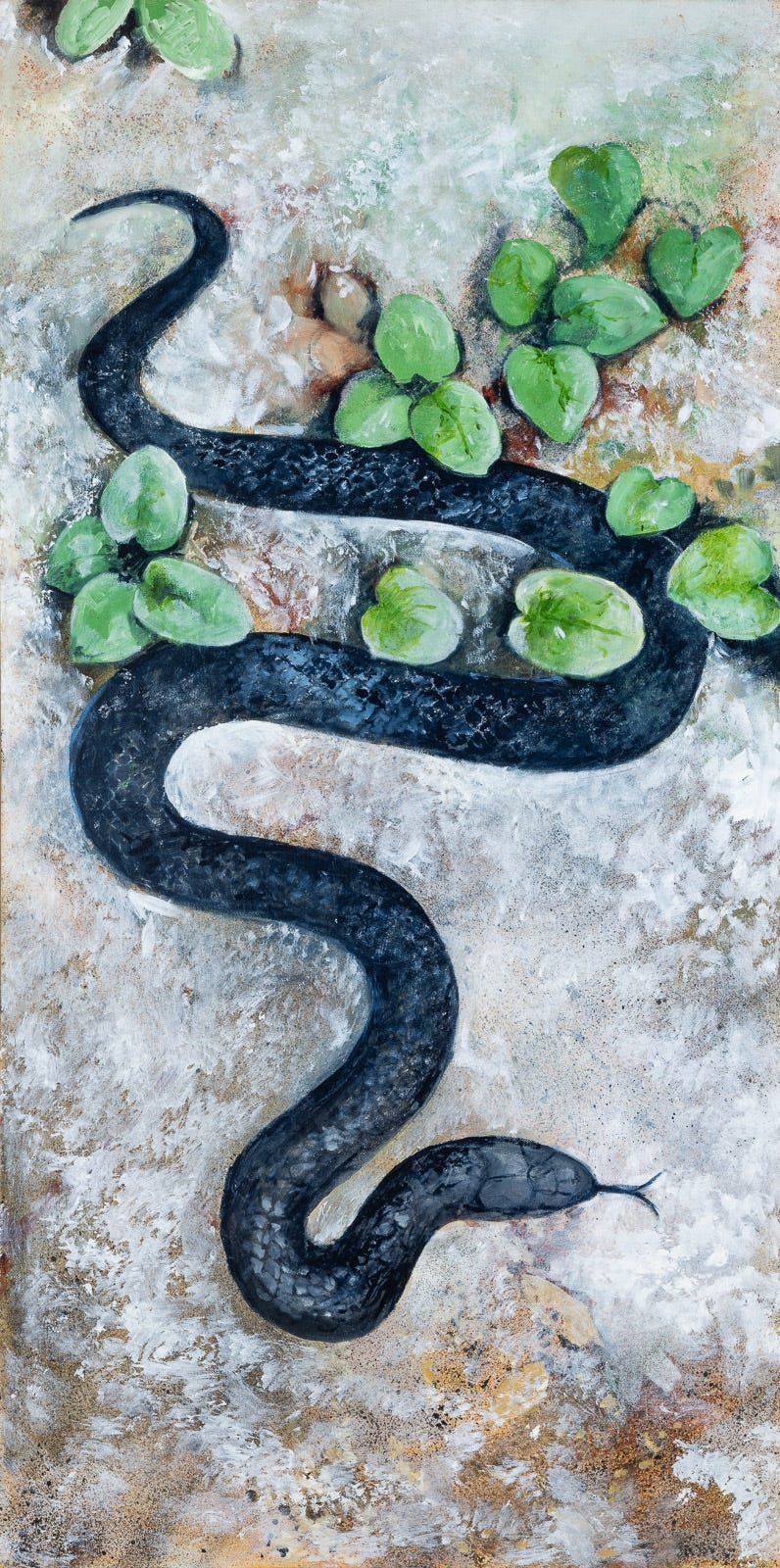
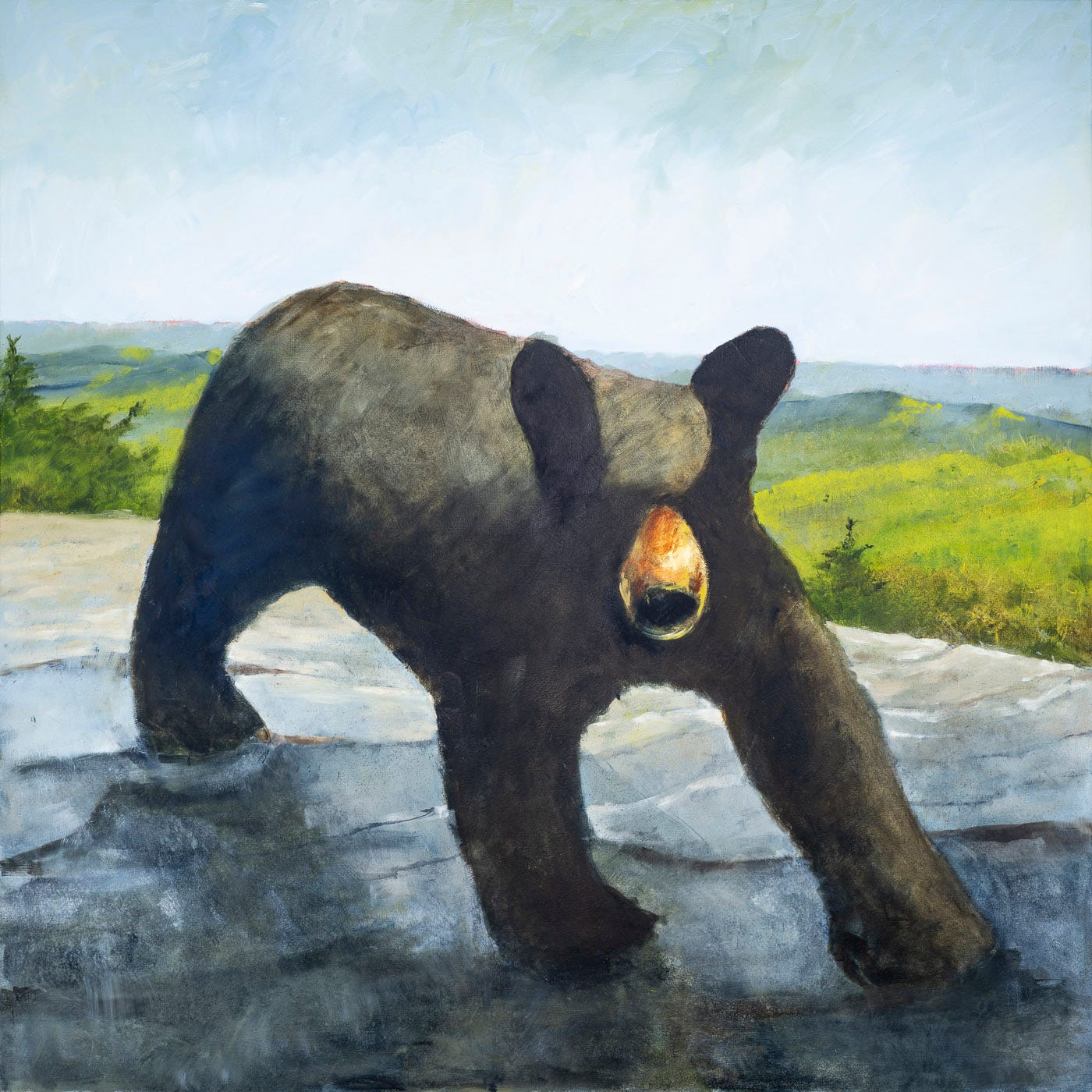
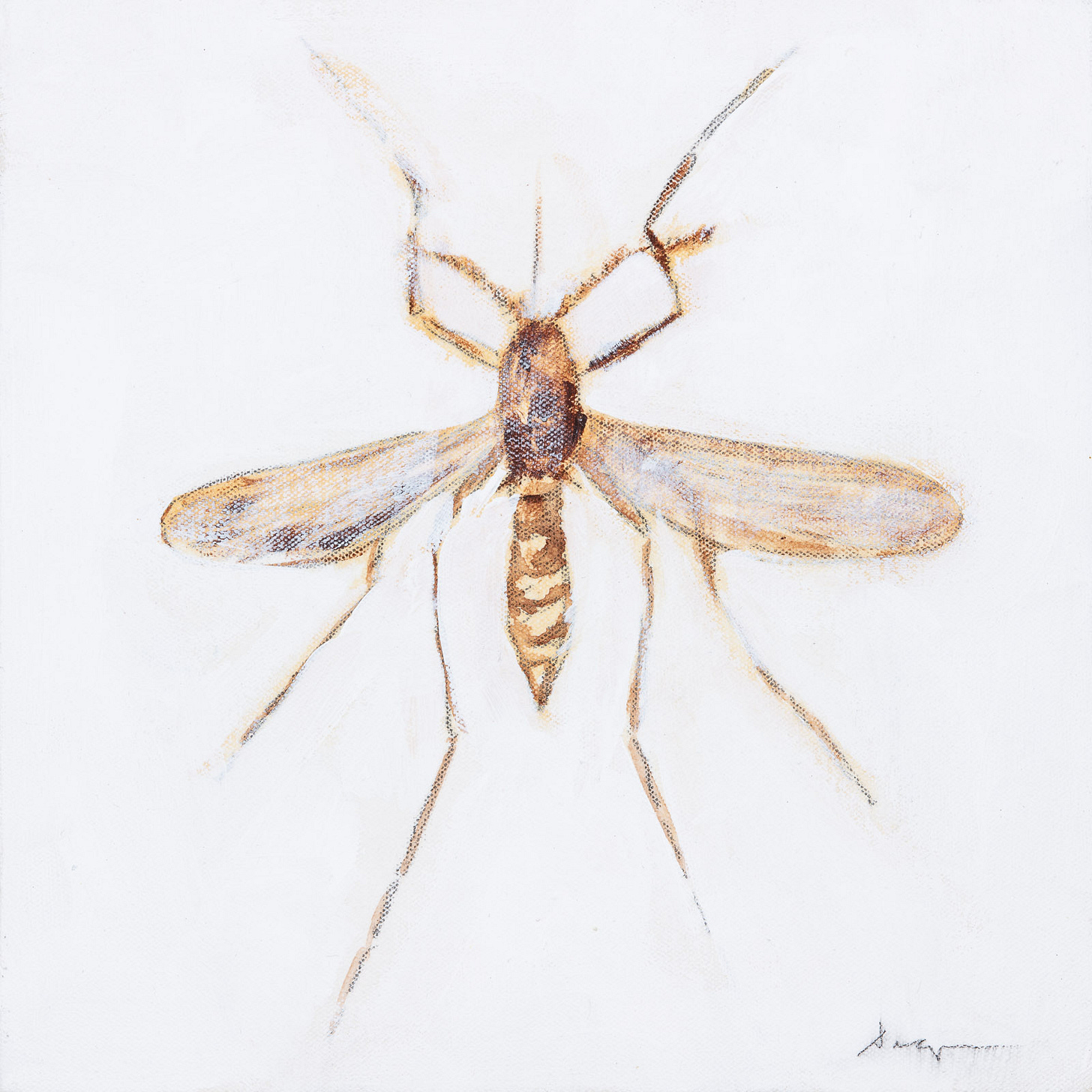
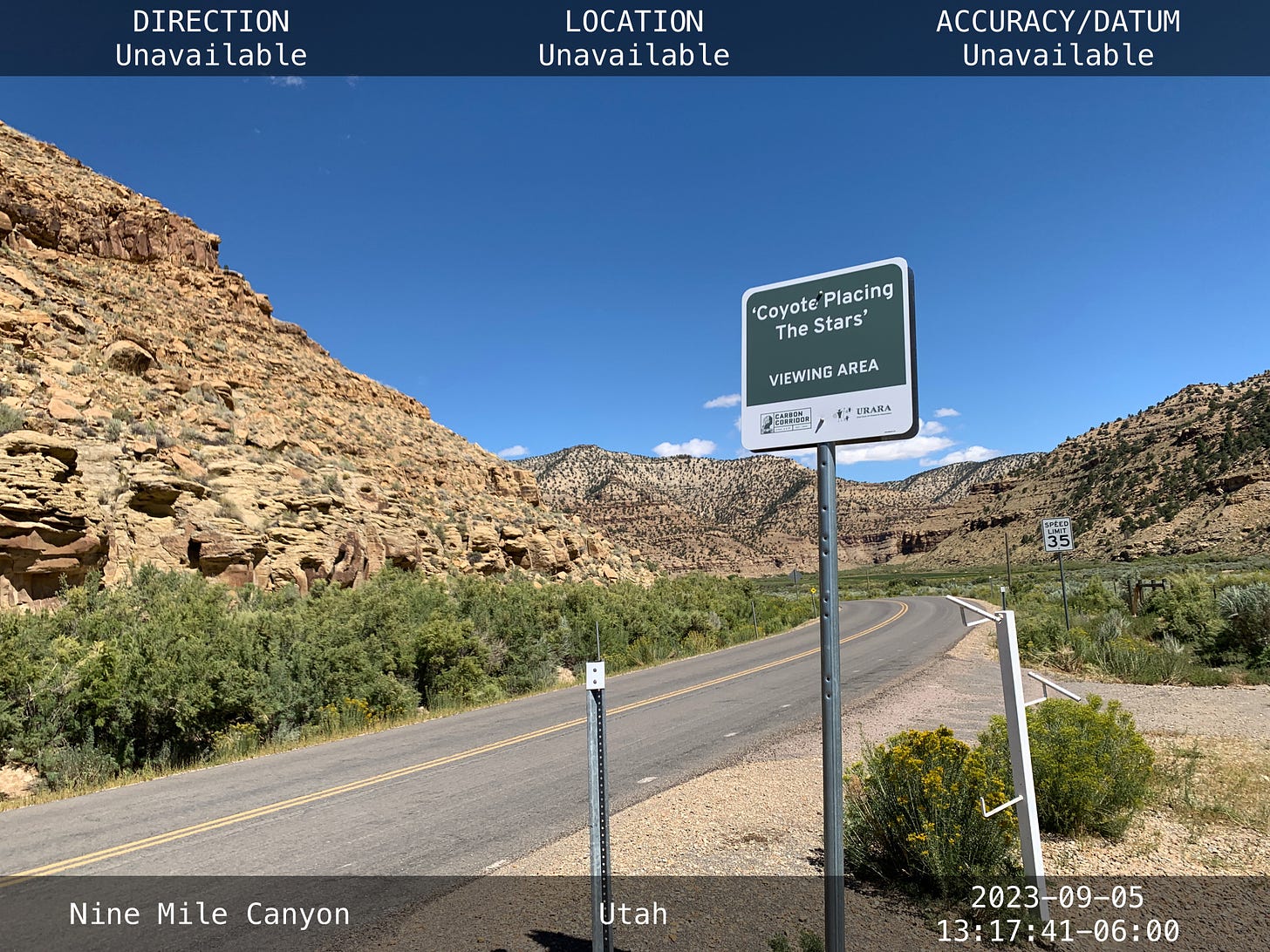


Nice piece, Jim! I would love to see a series of yours informed by the wolf, the lessons we feed, and education vanquishing fear. Thank you for sharing this wisdom 💜🐺
Also thanks for the ideas of practical things we can do to counter the hateful narrative.